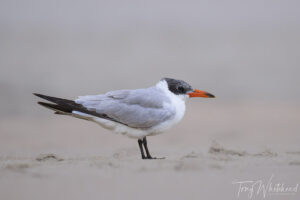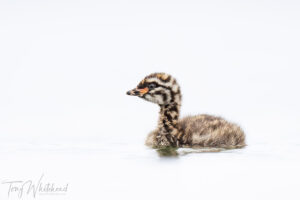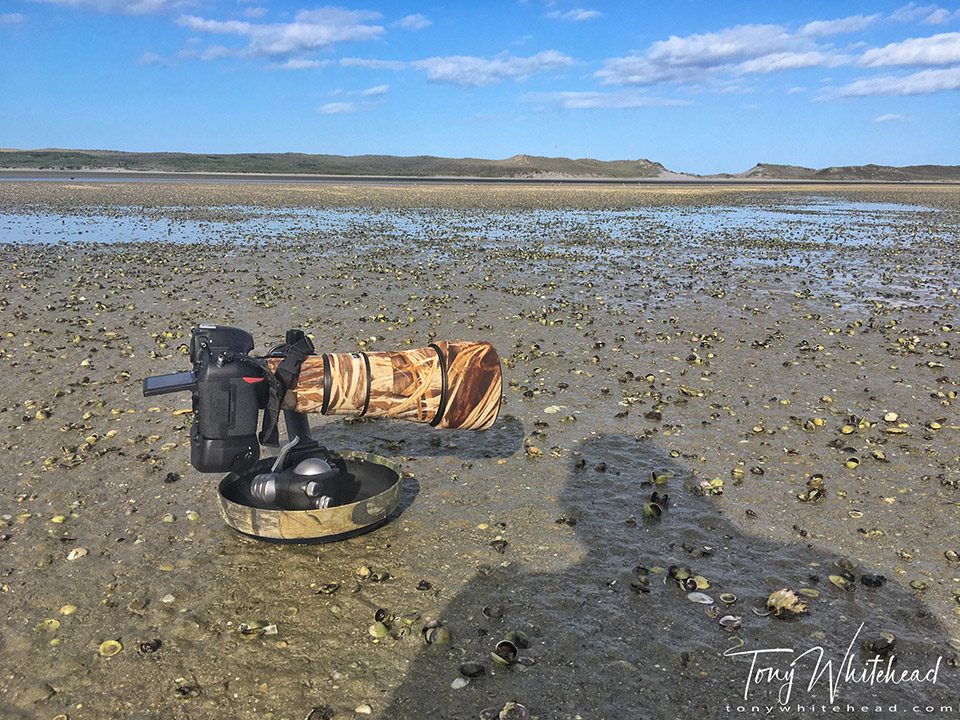
Some years ago I wanted a ground level support to help get low level images of a flock of Guineafowl. Commercially available plastic options were available but the US$99.95 + shipping to New Zealand were unrealistically expensive. My solution was a homemade Groundpod using a cheap NZ$10 30cm frying pan from the Warehouse, a piece of left over plastic kitchen chopping board that I had used to fit an outboard motor bracket to a small boat, and a countersunk machine screw and nut I picked up from an engineering supply shop for a dollar.
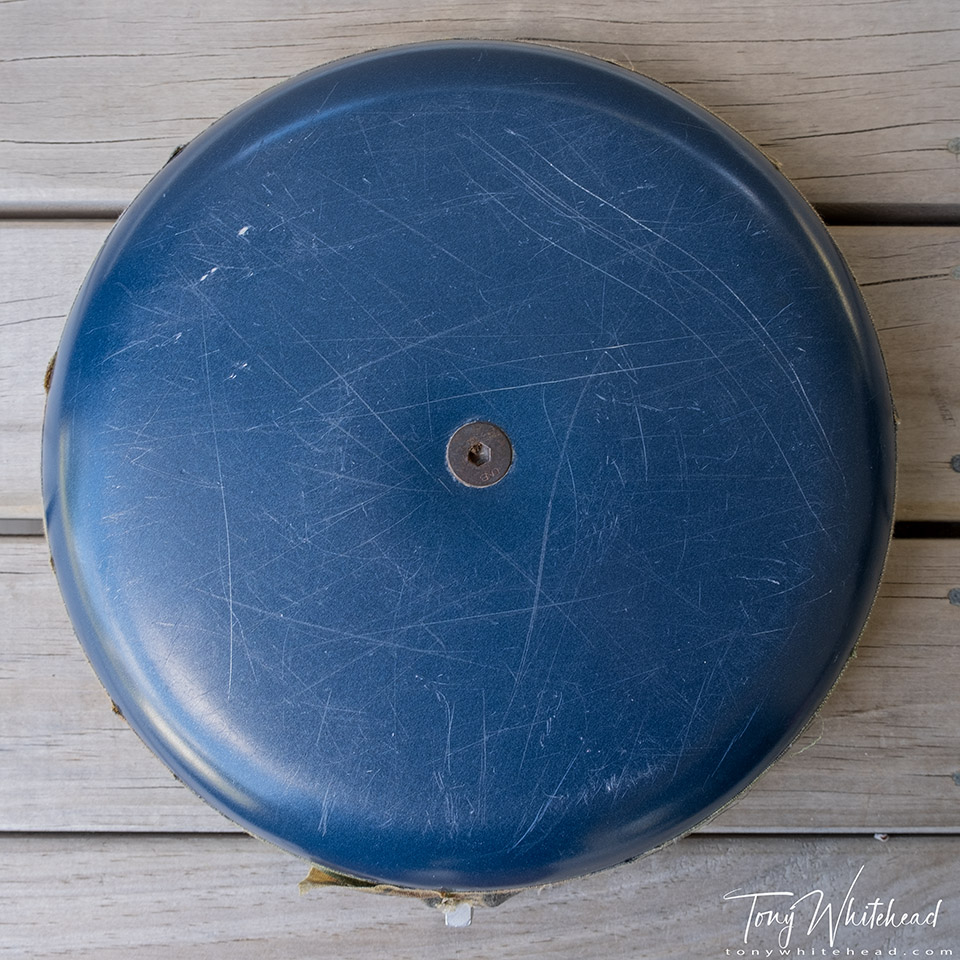
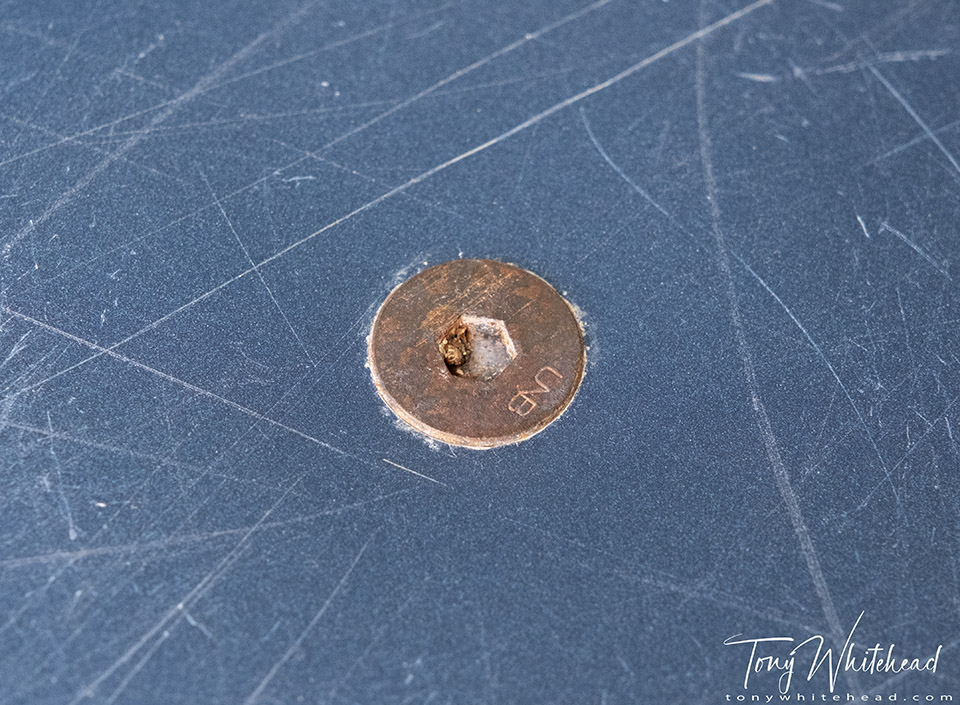
First step was to remove the handle from the frying pan. I then drilled a hole through the centre and countersunk it from the outside. A disc was cut from the plastic chopping board with a hole saw of the same diameter as the base of my RRS BH55 ball head and recessed with a Forstner bit to the depth of the nut. I could then fasten the machine screw in place leaving a flat plastic surface for the ballhead to tighten onto.
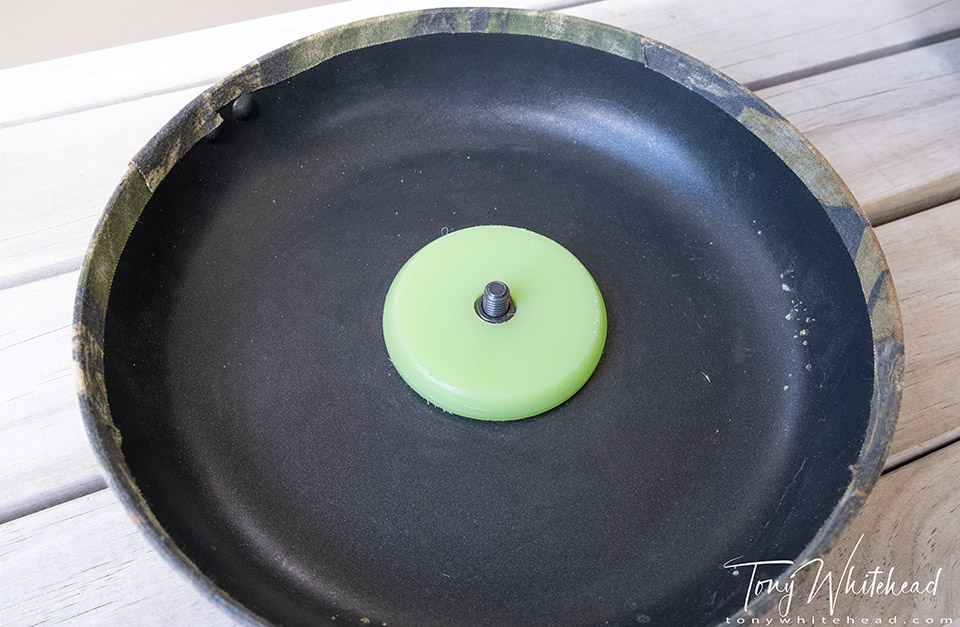
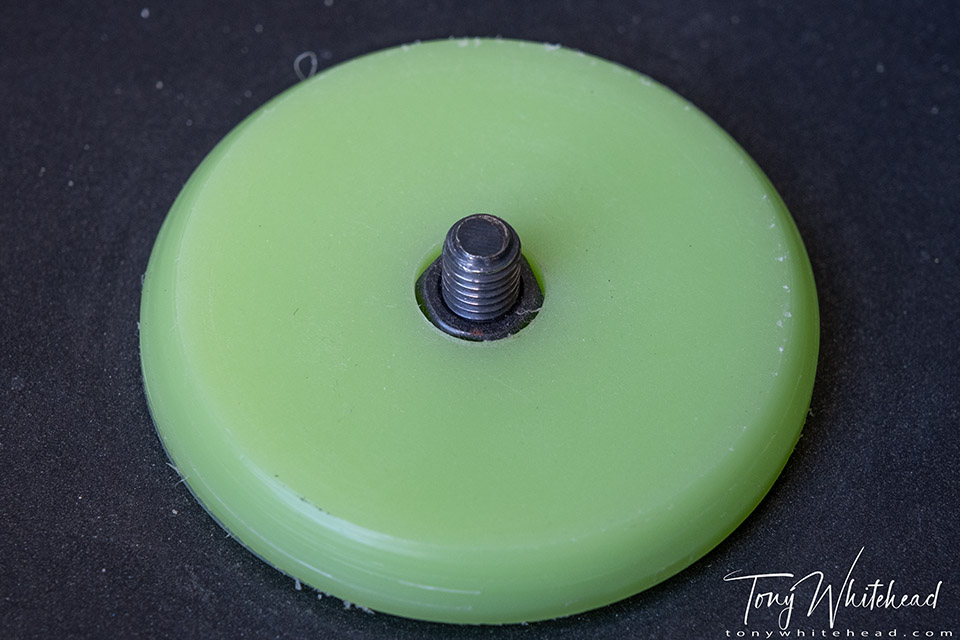
As an afterthought some camouflage tape was used to conceal the shiny blue finish of the frying pan.
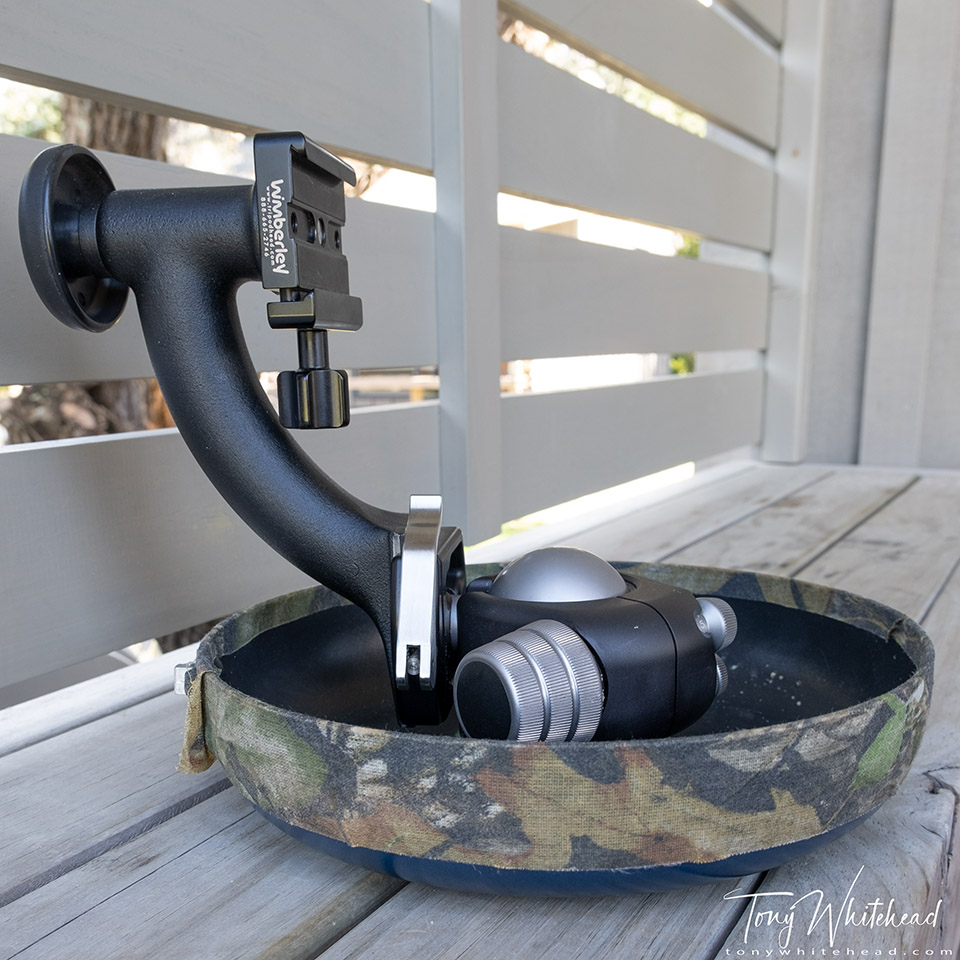
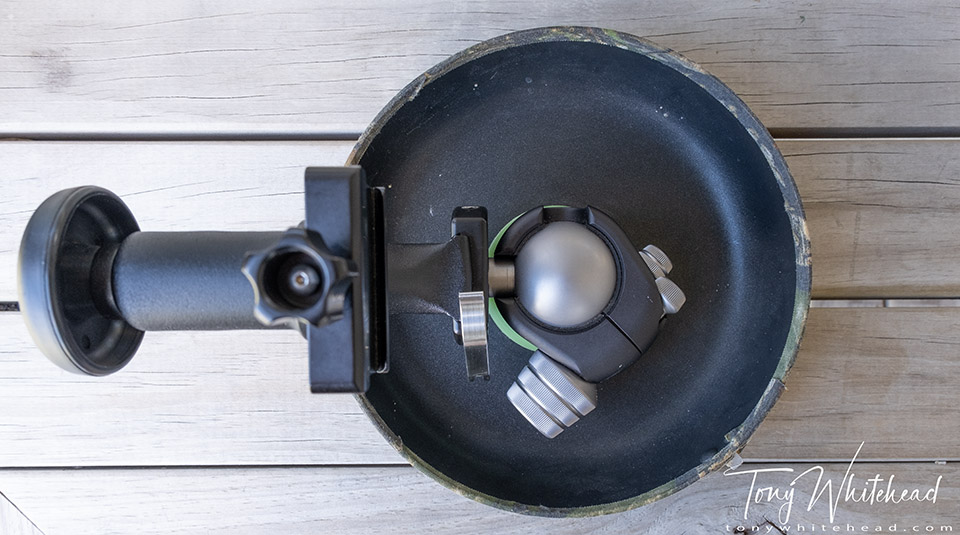
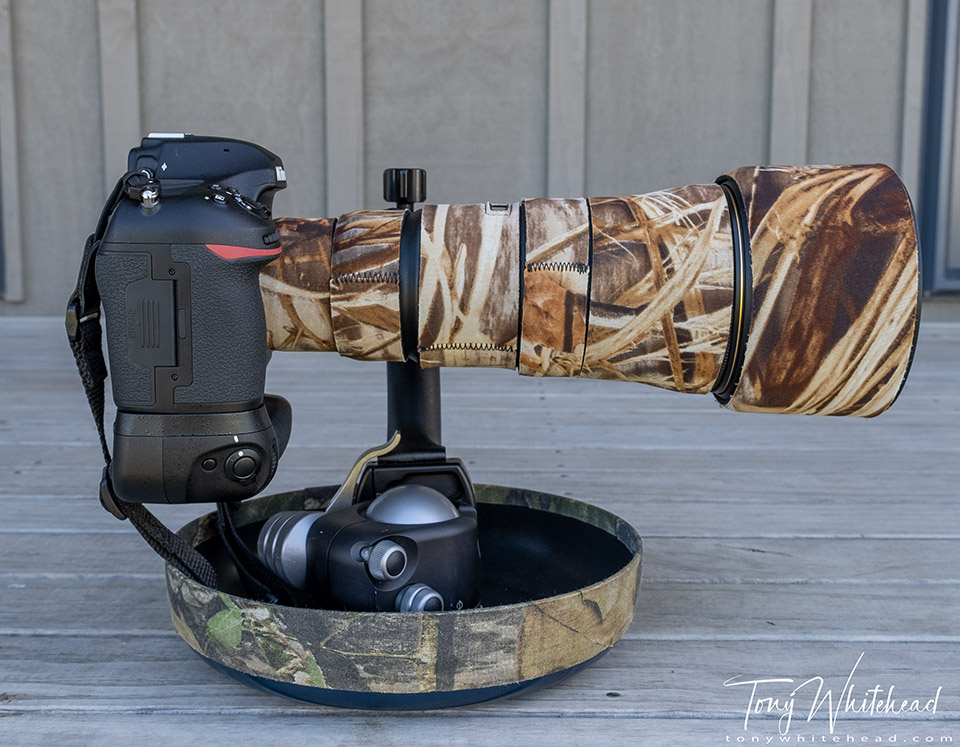
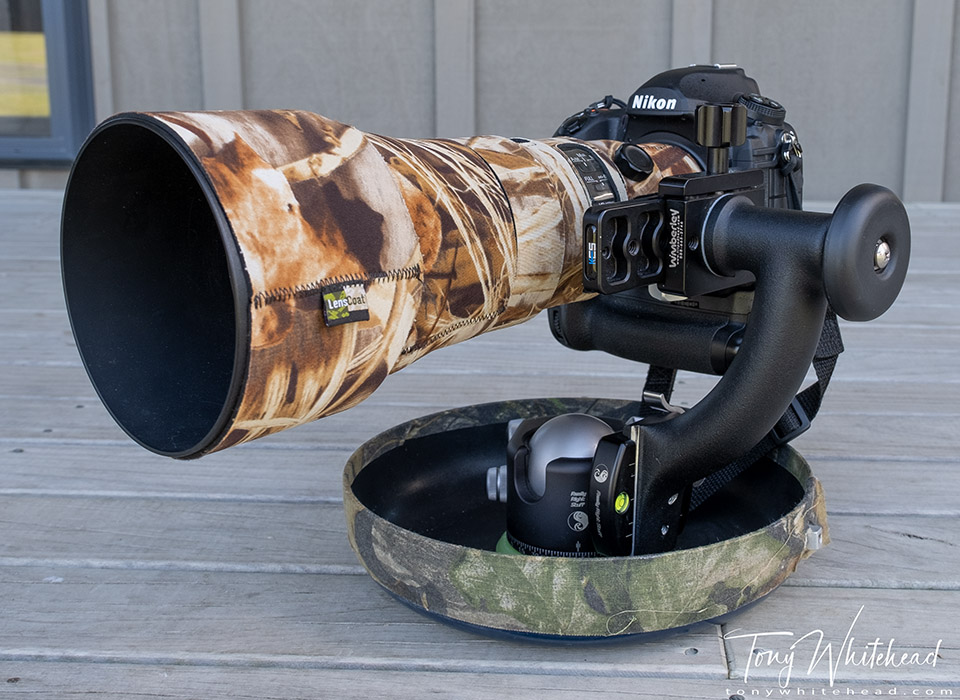
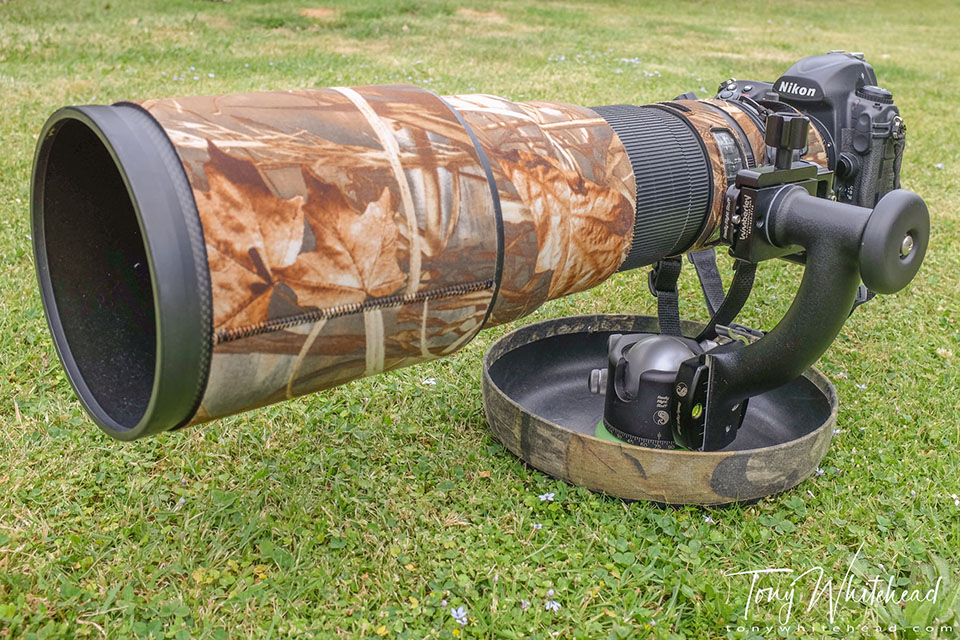
Using the ballhead and Wimberley Sidekick I could mount my camera and telephoto lens to this homemade Groundpod to achieve a good low shooting angle and get some intimate shots of the Guineafowl scratching for food.
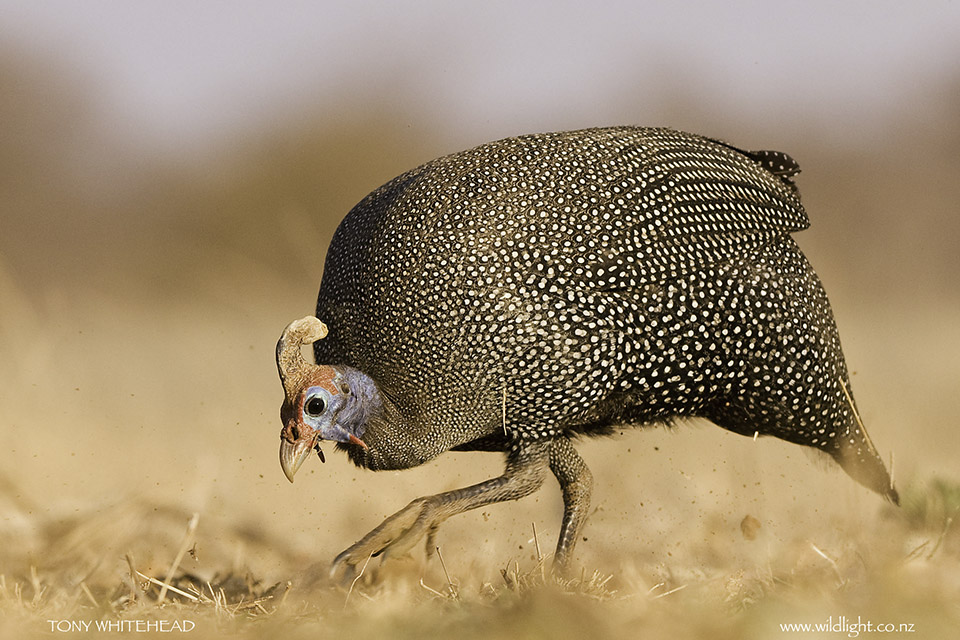
More recently I have been using this on an estuary mudflat to photograph wading birds using live-view to avoid getting a crick in my neck while still getting a good low angle to shoot from.
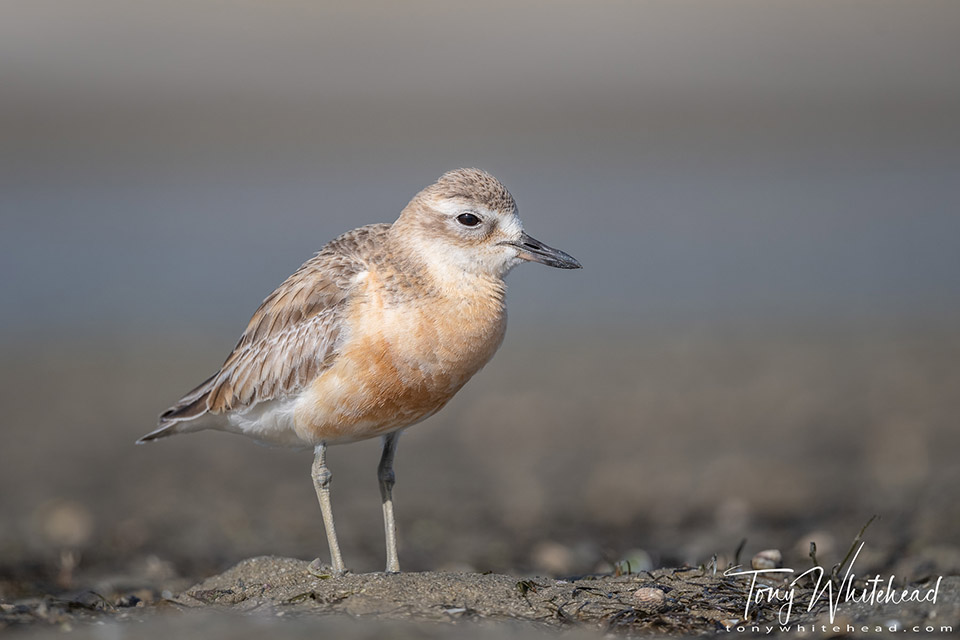
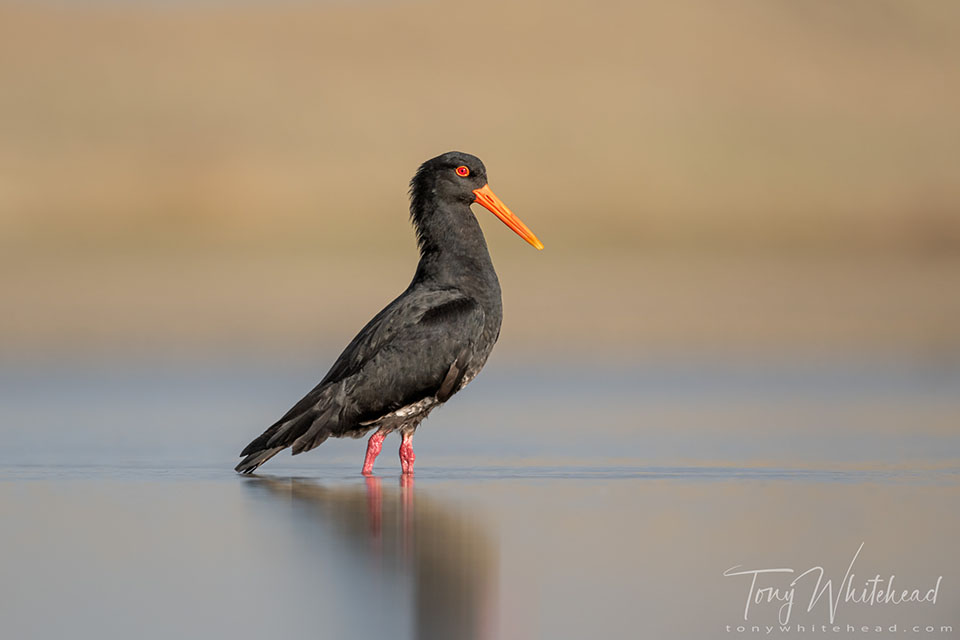
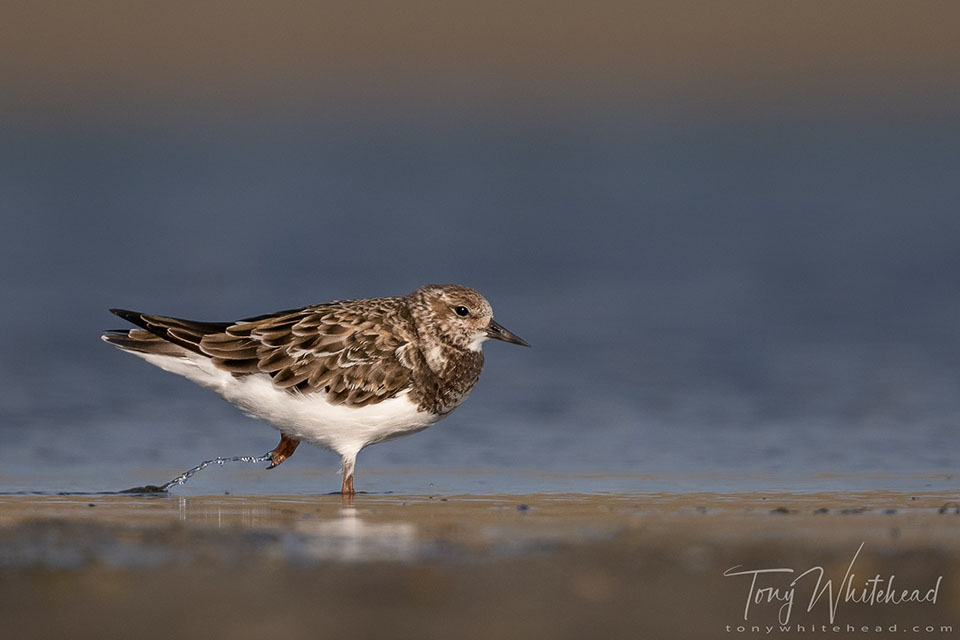
Bird photos with Nikon D850 and Nikon 500mm f5.6PF lens mounted on home made groundpod except for Guineafowl with Nikon D200 and Nikon 200-400mm f4VR. Groundpod detail photos with Fuji XT3 and 16-80mm f4 lens. Groundpod on mudflat taken with iPhone 5SE.
